Trump’s tariffs on Chinese fireworks to see US lose its sparkle
Donald Trump’s 145 per cent tariff wall has hurt Liuyang, the world capital of the fireworks industry in China’s central Hunan province – but less than you might think | WATCH

Donald Trump’s 145 per cent tariff wall has hurt Liuyang, the world capital of the fireworks industry in China’s central Hunan province – but less than you might think.
April and May is usually a busy period for the fireworks factories in Liuyang that specialise in selling to America, the Chinese industry’s biggest export market, ahead of Independence Day celebrations on July 4.
Not this year. The trade to America slammed to a halt when Trump’s thumping tariffs were imposed in early April.
“If you are a company specialising in the American trade, then it is really difficult,” Zhou Xi, an official in Liuyang’s city government, told The Australian.
It is also a difficult time for fireworks sellers over the Pacific, the majority of them small business owners. This year’s Independence Day celebrations are set to be the dimmest and darkest since Covid.
More than 95 per cent of the $US500m ($794m) of fireworks America imported in 2024 came from China. Most of that was from Liuyang, dubbed the “hometown of fireworks”, which has been making fireworks since they were invented here more than 1000 years ago during the Tang dynasty. “I think a lot of displays are going to be smaller, especially for independent shows,” Julie Heckman, the executive director of the American Pyrotechnics Association, told the New York Post.
President Xi Jinping, not adverse to a bit of trade coercion himself, has long told America there are “no winners” in a tariff war. The fireworks trade between the US and China shows there are plenty of losers.
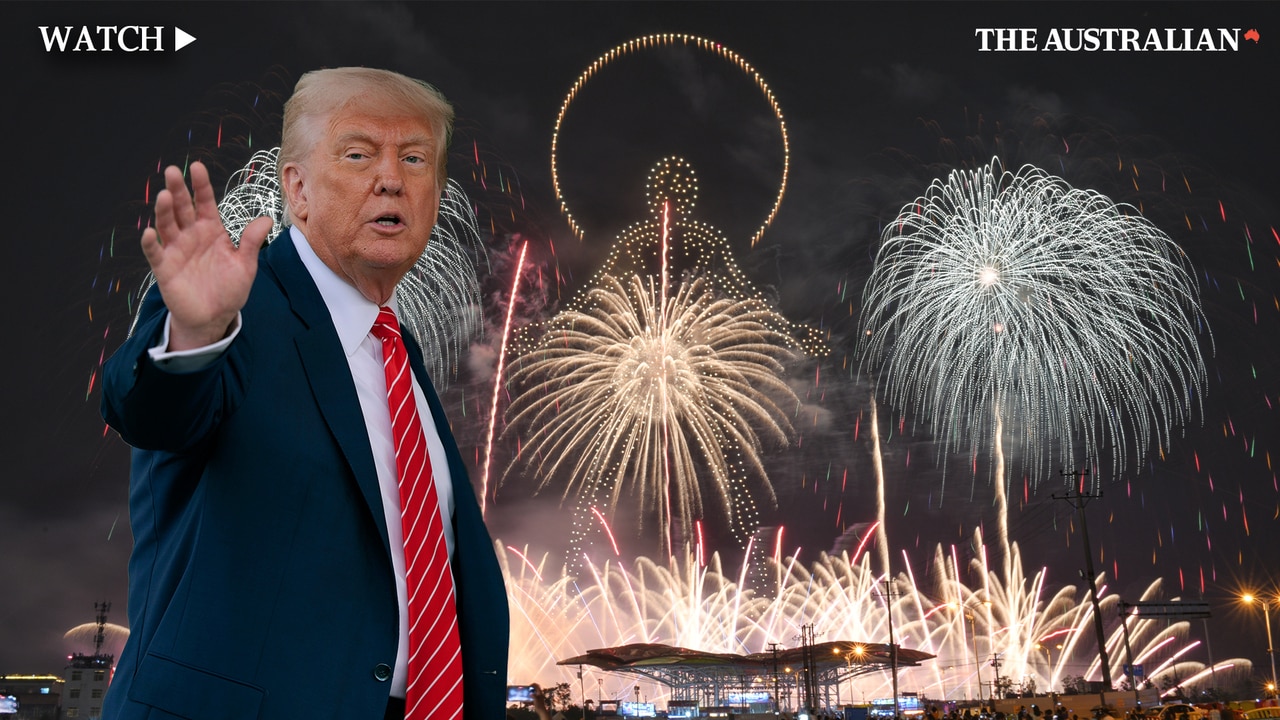
This weekend, senior American and Chinese officials are meeting in Switzerland for their first serious discussions about how they might each reduce their mutual tariff walls. Both Washington and Beijing, which has imposed a 125 per cent tariff on American goods, have in recent weeks given exemptions to increasing numbers of goods as the imposts hurt the world’s two biggest economies.
On Thursday, Trump said a “substantive” cut in the tariff rate was possible, with some American media outlets reporting the rate could be cut to 50-54 per cent as soon as next week.
“We’re going to see,” Trump said, indicating cuts would require concessions from China. “Right now you can’t get any higher. It’s at 145 per cent so we know it’s coming down.” Beijing has said it is open to dialogue, but warns any attempt to “pressure or coerce China” will not work.
As US fireworks retailers fret about the huge tariffs on their monopoly supplier, the pain is less acute for China’s industry.
While the hit to the American market hurts, Chinese fireworks manufacturers have been prospering in recent years because of an even bigger customer: China.
Even as China dominates international supply, meeting more than 95 per cent of the world’s demand, its domestic market is far bigger than its total exports. Liuyang’s sales in China were worth 30 billion RMB in 2024 compared to 6.5 billion RMB for its total exports, according to data provided by the city government.
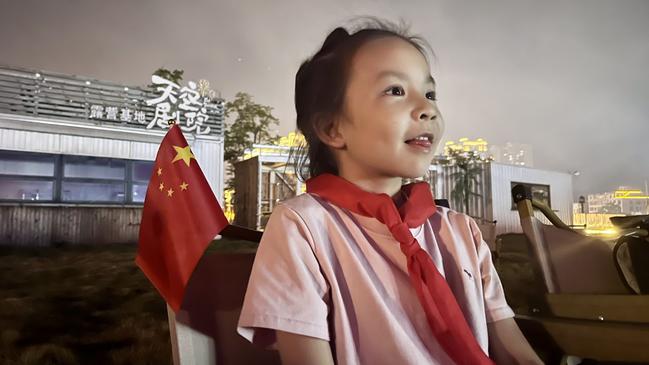
The country is experiencing a fireworks renaissance as local governments use them to attract domestic tourists, a top priority for Xi’s central government. “It has become very trendy for local governments to use fireworks to promote the night-time economy,” said Zhou, the director of the Regulation Department of Liuyang City’s Firecracker and Fireworks Industry Development Centre.
Liuyang has been a pioneer. In 2022, the city began a weekly fireworks show at the newly built Sky Theatre.
Fuelled by social media videos and a desire for shared experiences after the cooped-up years of the pandemic, the Saturday event has become a phenomenon. The 20,000-odd tickets for this weekend’s show – a Mother’s Day event – sold out weeks ago.
The shows are supported by the city’s 430-odd fireworks manufacturers, who use them to display their latest innovations. Many incorporate flocks of Chinese-made performance drones into their shows, uniting China’s long cultural attachment to fireworks with its contemporary fixation on gadgets.
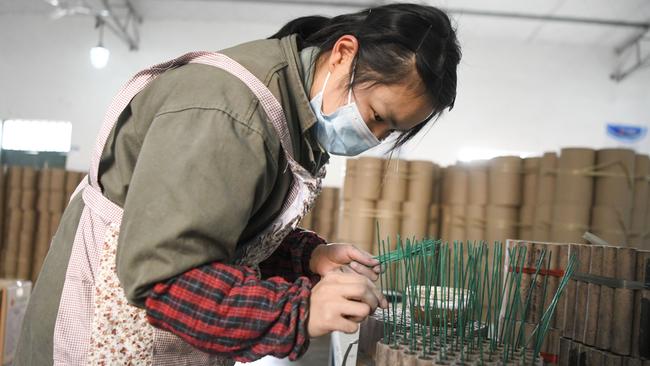
About 300,000 jobs are linked to Liuyang’s pillar industry. All speak enthusiastically about the transformative power of the shows. “People come from across the country. Families, parents, kids, grandparents, lovers. Every kind you can imagine,” one agent told The Australian. “There’s a lot of government support,” said Zhou. Yinyang Fireworks Group is one of the more than 200 manufacturers that focus on the Chinese market. Yinyang, founded in 1998, is family-owned and has about 50 corporate staff and 1000 factory workers.
On a tour of Yinyang’s showroom in Liuyang’s Dayao district, an agent at the company tells The Australian their biggest problem is meeting demand for their current best-seller, the “Golden blessing tree”, which sells for 800-1000 RMB to wholesalers (and about twice that at licensed stores).
She scans a QR code on the box, which shows a video of a golden explosion that traces the shape of a tree. “It’s so popular. We think it will take a long time for others to learn how to copy it,” she says.
The vibrant packaging and product branding have become increasingly important as fierce competition is waged over China’s domestic market.
Even as sales have boomed, the margins for selling to the domestic market are paper thin.
“The profit is very low,” said an agent at a Liuyang manufacturer whose company focuses on the more lucrative international market.
Their increased profitability means export-focused fireworks have been bigger taxpayers for the city’s government. The US market has been particularly lucrative and was China’s biggest overseas market in 2024, accounting for one-third of total exports.
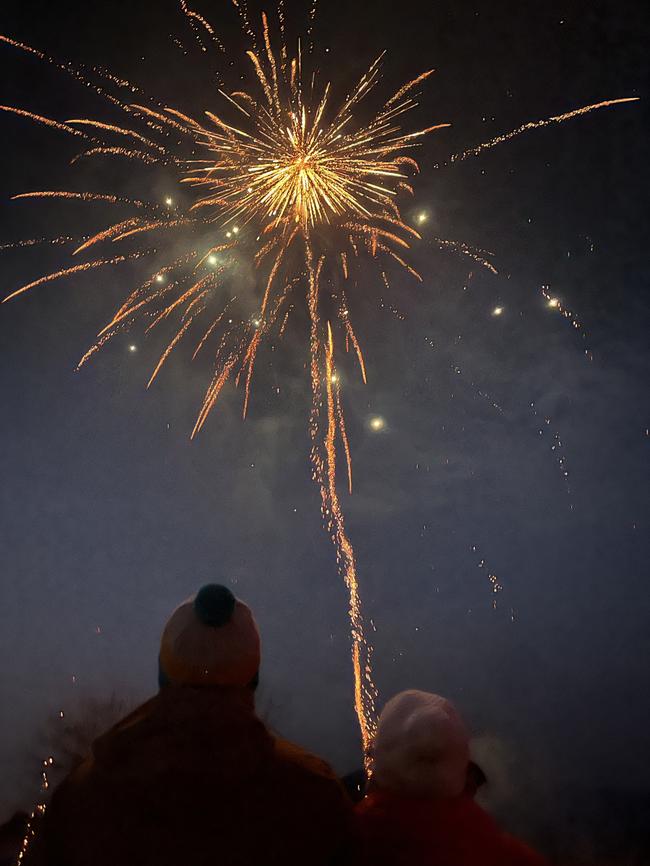
Demand from America is highest ahead of Independence Day. Much of the trade this year was brought forward after Trump’s November win, as the industry expected tariffs were coming.
Data from Hunan’s customs department show fireworks exports to the US in the first two months of this year were 40 per cent higher compared to 2024.
Liuyang’s city government estimates around 80 per cent of the usual orders to the US have been met, which suggests this Independence Day will be less bright, but far from a blackout.
Across the world’s fireworks capital there is confidence that America will relent, especially as it prepares for the 250th anniversary of its independence in 2026, which many hope will be a boom year for the Chinese industry. “All of us believe the war will stop,” said one export-focused manufacturer.
Liuyang’s city government has been closely monitoring for any sign of Chinese firms considering relocating to America or any word about American businesses trying to enter the trade. They are comforted by what they have learned.
“No one has shown any interest,” said Zhou. Confidently, she adds: “No country can compete with China in this industry.”


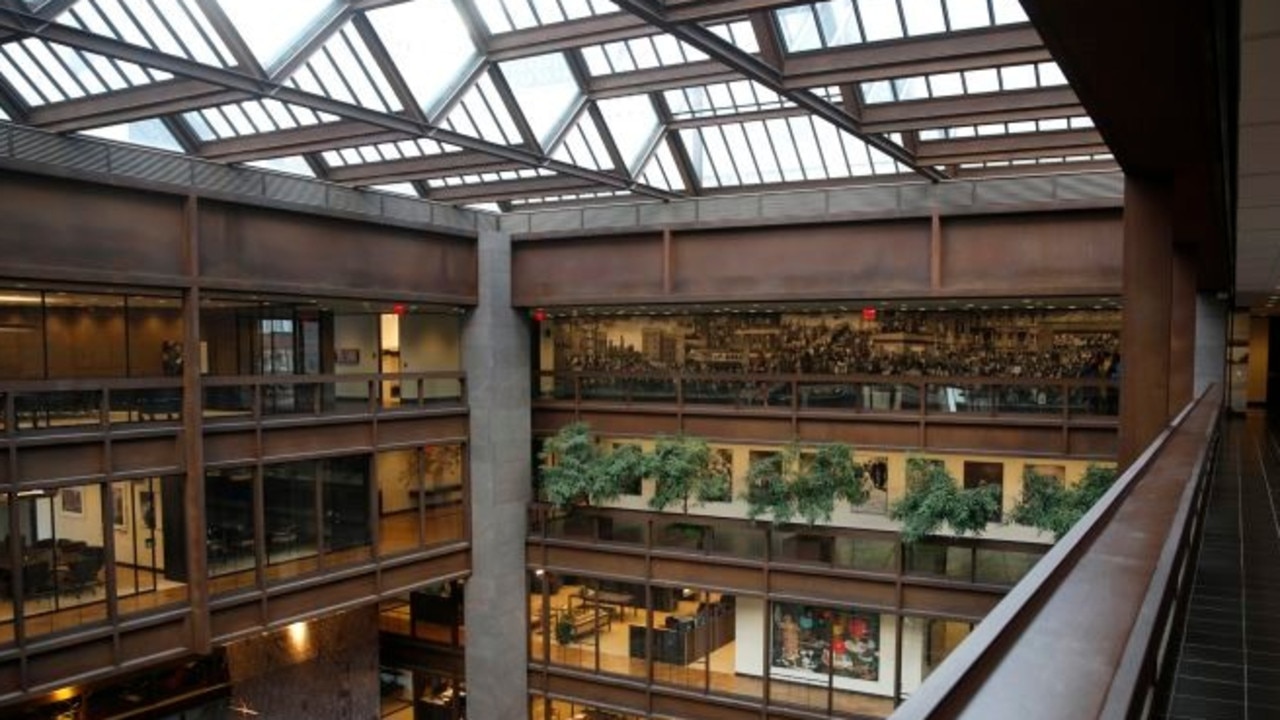
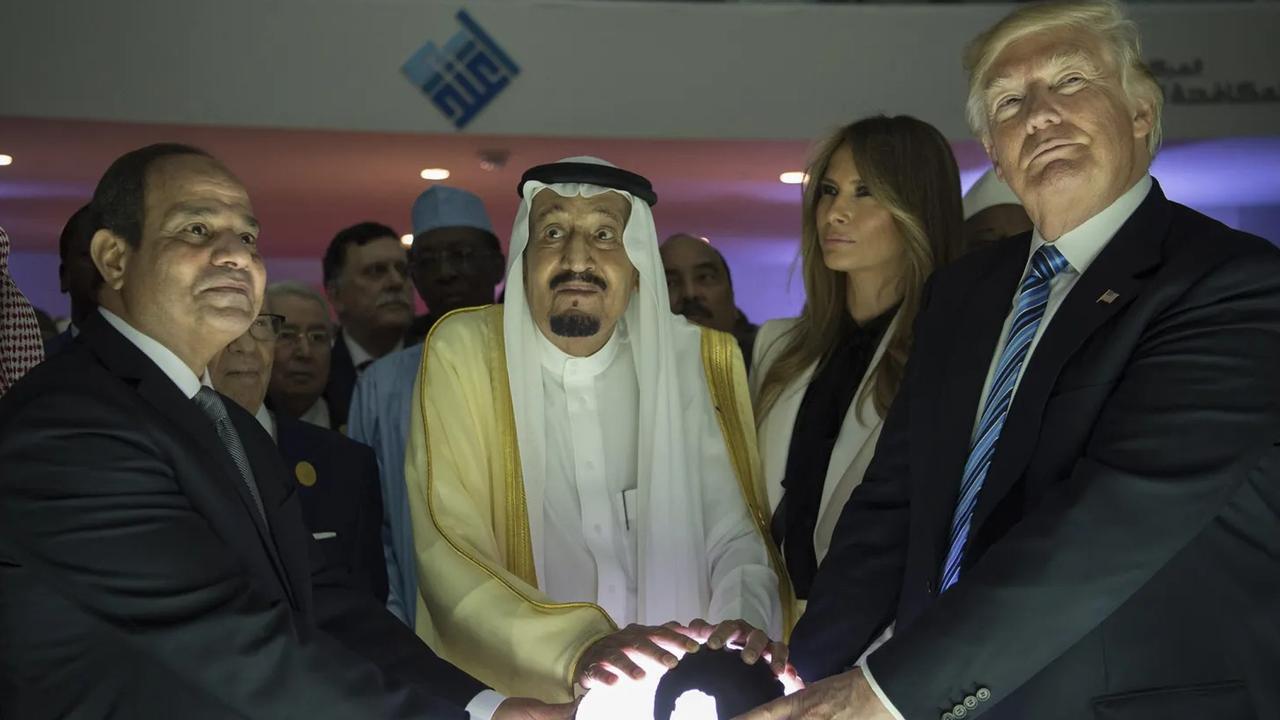
To join the conversation, please log in. Don't have an account? Register
Join the conversation, you are commenting as Logout